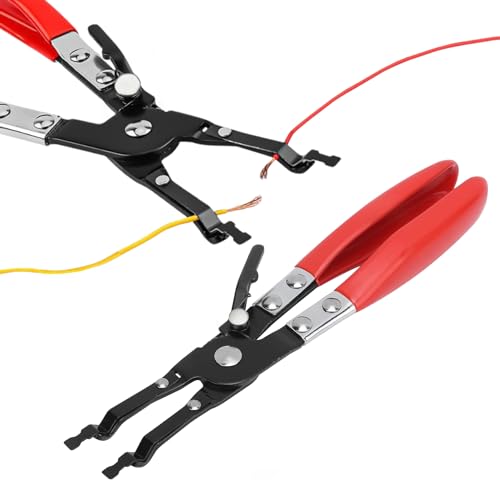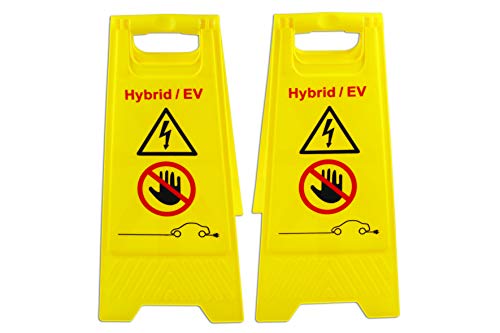i-Miev charge at 230V 16A EVSE.
Start at 20% SoC (~2.2kwh) at 2°C , charging at 2.5kwh
+~3h
~80% SoC (~9kwh) at 10°C charging at 1kwh
OBDzero says that I charged ~7kwh , and official counter electric supply equipment says ~9kwh.
And with each hour in 1kwh charge time efficiency will drop lower.
Can we improve somehow AC charging speed ?
When I will upgrade to ~40kwh , 80% will be ~32kwh and for rest of 6-8kwh I will need to 8h :/
Start at 20% SoC (~2.2kwh) at 2°C , charging at 2.5kwh
+~3h
~80% SoC (~9kwh) at 10°C charging at 1kwh
OBDzero says that I charged ~7kwh , and official counter electric supply equipment says ~9kwh.
And with each hour in 1kwh charge time efficiency will drop lower.
Can we improve somehow AC charging speed ?
When I will upgrade to ~40kwh , 80% will be ~32kwh and for rest of 6-8kwh I will need to 8h :/





































